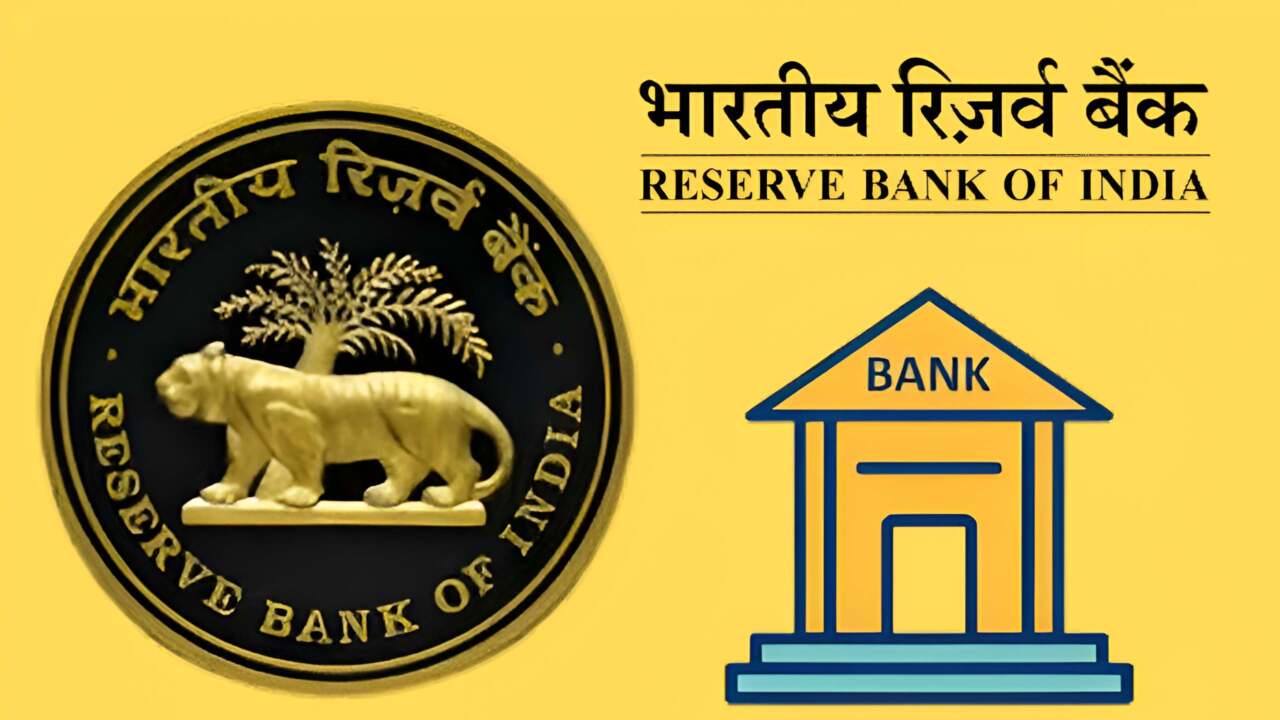The RBI may find the ideal balance and accomplish its policy goals if it decides to maintain the repo rate at 5.50 percent this time around while communicating in a more gentle manner. This will be a very positive step.
On October 1, 2025, the Monetary Policy Committee (MPC) of the Reserve Bank of India (RBI) is scheduled to make its policy announcement. The policy stance is characterized as “neutral,” and the repo rate is now at 5.50 percent. Market investors, however, saw the August 2025 policy message as being very hawkish. Since then, market dynamics have changed as a result of the rationalization of the GST rate, which should reduce inflation in India, the escalation of tariffs on Indian products exported to the US, and the sharp rise in new H1B visa costs. The market’s expectations for the next policy are thus still conflicted.
The RBI predicted 6.50 percent real GDP growth for FY26 in August 2025. Real GDP growth in Q1FY26 was 7.8%, which was higher than the market’s overall estimates. However, because of the low deflator, nominal GDP growth in Q1FY26 was 8.8%. We expect an upward adjustment to 6.7–6.8 percent in light of recent events.
While initial data for September suggests slight decline, India’s manufacturing PMI was 59.3 in August. While the GST rate reductions may boost private spending in H2FY26 and improve overall GDP, the 25% tariff rise announced by US President Donald Trump and implemented on August 27 is predicted to slow growth. The outcome of the trade talks between the US and India will provide more clarity on growth forecasts.
August 2025 headline inflation increased from a revised 1.61 percent in July to 2.07 percent. Inflation is still significantly below the RBI’s medium-term objective of 4 percent, notwithstanding the little increase. According to projections, the recent rationalization of the GST would lower inflation by 50–90 basis points in the next year. August had more rainfall in India than usual, and the IMD’s September estimate indicates that seasonal rainfall will be 107% of the long-term average. Although this is encouraging for agricultural production, too much rain might interfere with standing crop harvest.
As a result, we anticipate that the RBI would lower its FY26 inflation estimate from 3.10 percent to about 2.50 to 2.80 percent. Regardless of the action or position, the key for future guidance on the policy will be the inflation prediction for Q1FY27 (4.8 percent in August 2025).
For the first time in FY26, the banking sector had a liquidity imbalance on September 22 due to outflows of advance taxes and GST. As of September 24, the deficit was Rs 0.26 lakh crore. The RBI responded by holding several Variable Rate Repo (VRR) auctions to provide liquidity. On the same day, however, system liquidity was in excess of Rs 5.10 lakh crore. The RBI kept fine-tuning the liquidity using VRRR/VRR.
Recently, the Central Government revealed its borrowing schedule during H2FY26. The calendar projected a 5.5% decrease in long-term bond issuance and a little decrease in the gross bond supply. This action might help keep growing long-term yields under control.
Market investors see the RBI’s policy position as being very hawkish, despite the fact that it has provided enough liquidity by lowering the repo rate by 100 basis points since February 2025. Financial circumstances are now tighter than they were at the end of May as a result. Growth and inflation risks seem to be weighted to the negative. It seems to be becoming harder to achieve growth of 7% or more, and while inflation is benign for the current fiscal year, it could increase somewhat the next year, although it will probably still be within a tolerable range.
Due to the Indian rupee’s depreciation versus peer currencies and the US Federal Reserve’s 25 basis point rate drop at the September 2025 FOMC meeting, domestic financial conditions have effectively tightened. The necessity to improve financial circumstances is become increasingly pressing in this situation. The RBI may find the ideal balance and accomplish its policy goals if it decides to maintain the repo rate at 5.50 percent this time around while communicating in a more gentle manner. This will be a very positive step.
Ultimately, it is still unclear whether it makes sense to wait for the tariff situation to settle before implementing policy.

